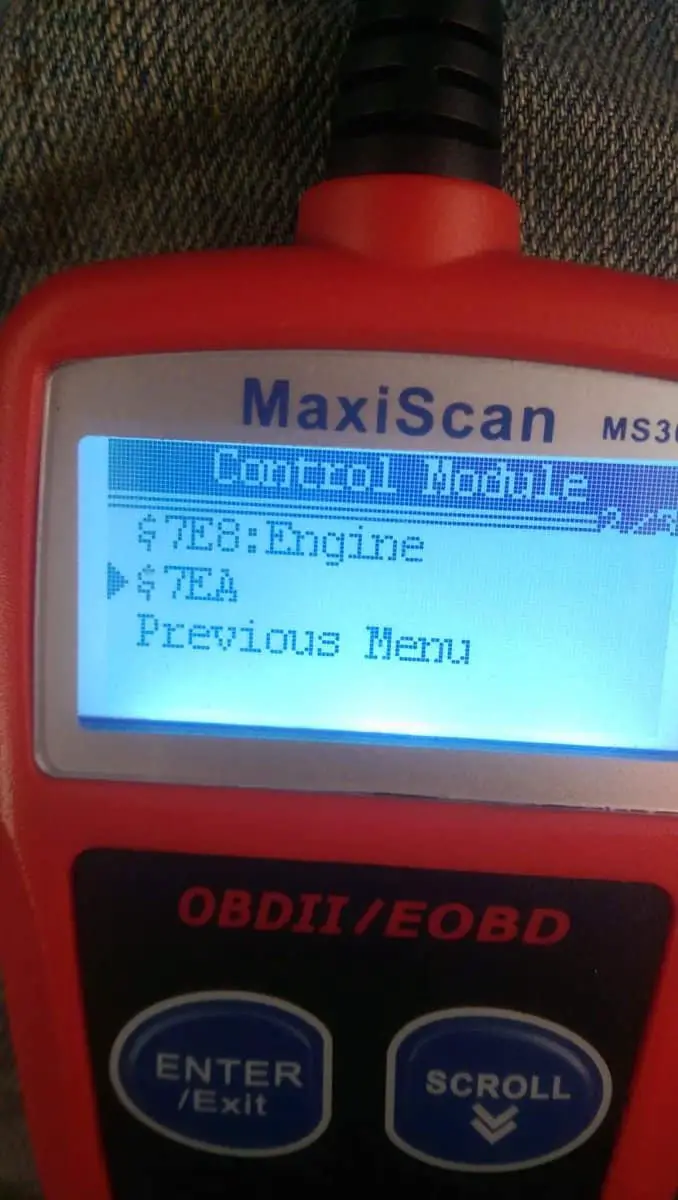The 7E8 and 7E9 engine codes are two distinct indications of a problem in the powertrain system of a vehicle. While the 7E8 is associated with the engine powertrain, the 7E9 code pertains to the transmission powertrain. Each of these codes can indicate various possible issues that require diagnostics and repairs. It’s essential to understand the differences between each code to identify any problems quickly and determine the best course of action for repair.
What is the Difference Between 7E8 and 7E9 Engine Codes?
The difference between the 7E8 and 7E9 engine codes is that the 7E8 engine code implies an engine powertrain, while the 7E9 implies the transmission powertrain. While the 7E8 code indicates faulty fuel vapor lines, Fuel filler cap damage, damaged fuel filler pipe, faulty CCV, FTPS, or PCSV, fuel leaks cause the 7E9 code to slip and overheat.
You can read our detailed article about the 7E8 engine code.

The 7E8 code is indicative of an issue related to fuel vapor lines. These lines transport fuel vapors to and from the Fuel Tank Pressure Sensor (FTPS). If these vapor lines are leaking, disconnected, or plugged, it will trigger this code. In addition, a damaged or missing fuel filler cap can cause this code and a faulty or damaged fuel filler pipe. This code can be caused by other issues such as a defective Canister, CCV (Canister Close Valve), PCSV (Pressure/Purge Control Solenoid Valve), or seal on the fuel pump.
The 7E9 code indicates an issue related to fluid levels in both engine and transmission systems. If fluid levels are too low, it can lead to problems such as slipping, overheating, and even leaks in either scenario, which will trigger this code. Low fluid levels could be caused by incorrect maintenance intervals or oil leaks due to worn seals or gaskets within either system. It’s important to note that if this code appears, there may also be underlying conditions, such as worn parts, that need attention before any repairs are attempted to ensure maximum efficiency from both systems after repairs have been completed.
It’s essential for drivers who see either of these codes on their dashboard display screen not to panic but instead contact their mechanic immediately for further diagnostics and repair work if needed. The 7E8 and 7E9 codes point towards different specific issues. Hence, mechanics must investigate thoroughly to narrow down where potential problems might lie before attempting repairs or replacements on either system. Thankfully modern vehicle diagnostic tools have made this process much more accessible. Still, ultimately it’s up to mechanics to use their expertise combined with cutting-edge technology to diagnose each problem accurately and perform efficient repairs based on their findings.
